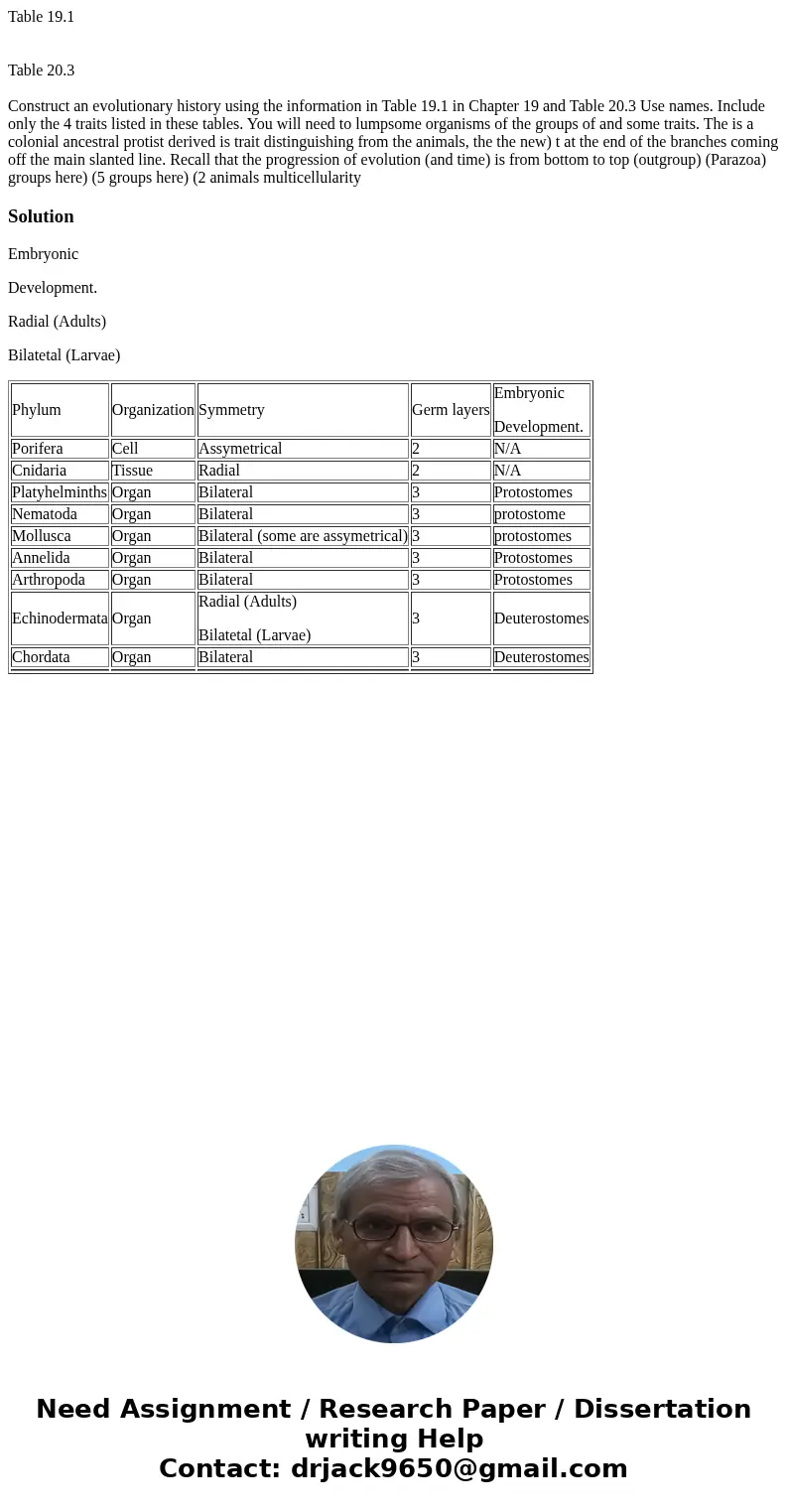Table 191 Table 203 Construct an evolutionary history using
Table 19.1
Table 20.3
Solution
Embryonic
Development.
Radial (Adults)
Bilatetal (Larvae)
| Phylum | Organization | Symmetry | Germ layers | Embryonic Development. |
| Porifera | Cell | Assymetrical | 2 | N/A |
| Cnidaria | Tissue | Radial | 2 | N/A |
| Platyhelminths | Organ | Bilateral | 3 | Protostomes |
| Nematoda | Organ | Bilateral | 3 | protostome |
| Mollusca | Organ | Bilateral (some are assymetrical) | 3 | protostomes |
| Annelida | Organ | Bilateral | 3 | Protostomes |
| Arthropoda | Organ | Bilateral | 3 | Protostomes |
| Echinodermata | Organ | Radial (Adults) Bilatetal (Larvae) | 3 | Deuterostomes |
| Chordata | Organ | Bilateral | 3 | Deuterostomes |

 Homework Sourse
Homework Sourse